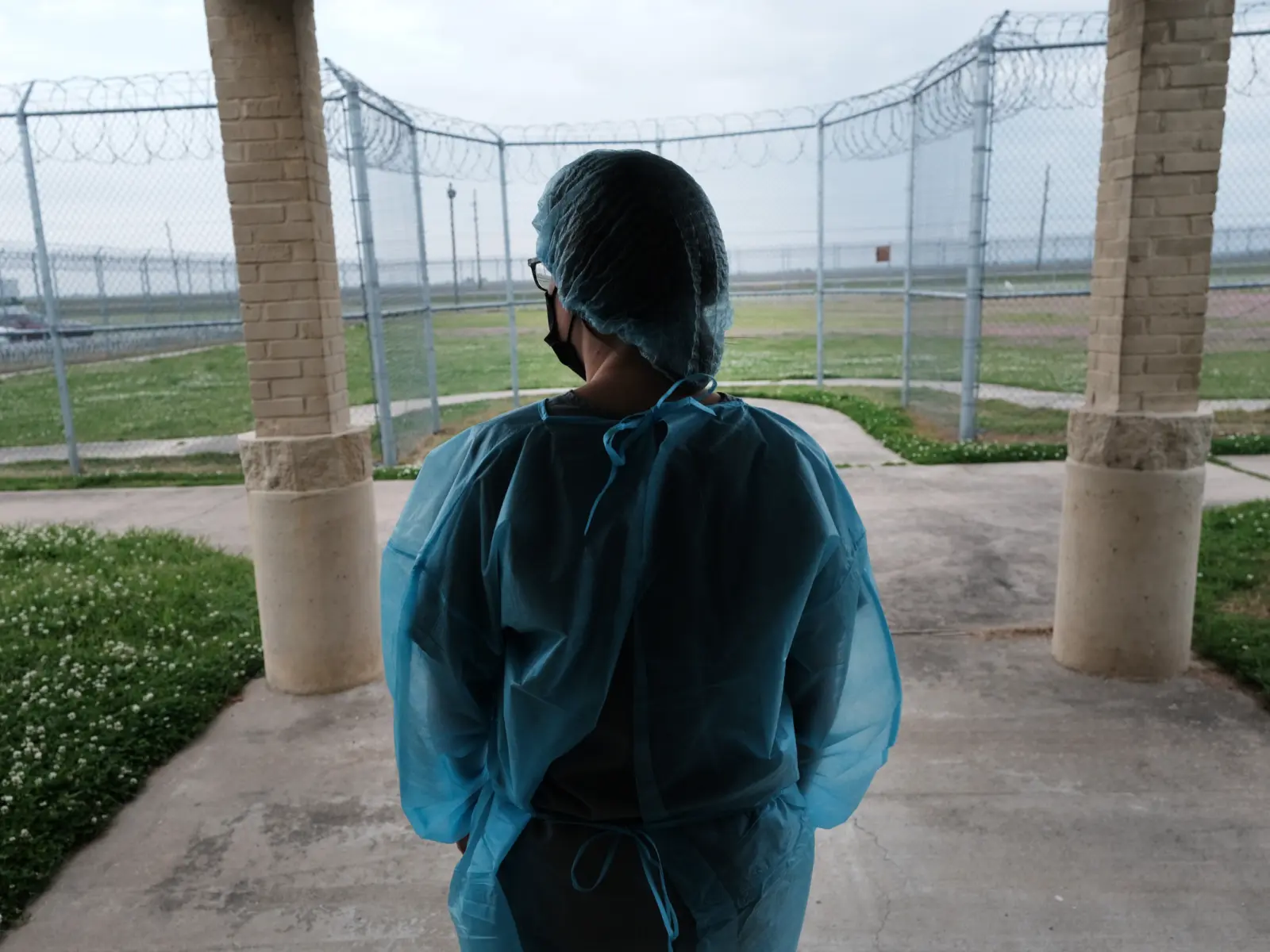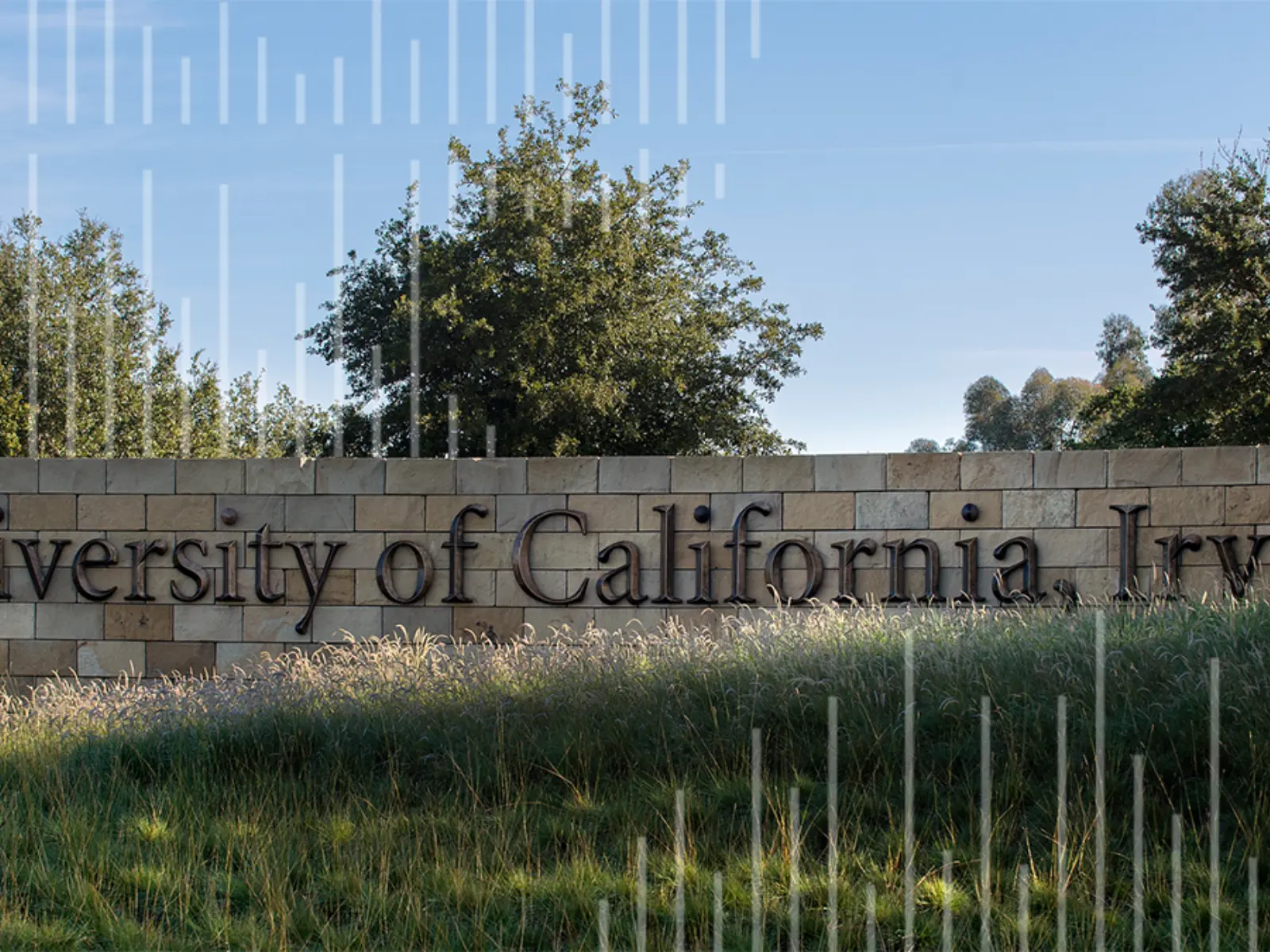The concept of parole is one of the cornerstones of the U.S. justice system. By providing a way for incarcerated people to leave prison and serve the remainder of their sentences at home under community supervision, parole is a critical mechanism that incentivizes good behavior, integration, and community safety.
But politics can create barriers to enacting an effective, evidence-based parole system. Grant rates in at least 20 states have plummeted in recent years. Part of the reason is that many parole boards have been subjected to intense political, public, and media pressure to adopt punitive practices. However, some parole board members and states are sharing best practices to promote community safety and advocating for more transparent parole decisions that have buy-in from victims and their families, law enforcement, and the families of those serving time.
An Unfolding Crisis
Late last year, the Prison Policy Initiative released a study of parole statistics in 29 states, finding that it has become more difficult for incarcerated people to earn their freedom. Moreover, it has become harder for them to even get in front of the board to argue their case for release, with parole boards in 26 states holding fewer hearings.
In 2019, for example, South Carolina’s board granted parole to 36% of incarcerated people. This past year, the board is on track to release just 7%. The board “has effectively nullified state law, eliminating parole and negatively impacting public safety,” read a September op-ed in the Post and Courier. Similarly, Alabama’s parole board released roughly one in three incarcerated people in 2019. After facing backlash for releasing a person who went on to kill three people, the state Legislature voted to give the governor more control of the board. Last year, it released just one in ten people who came before it.
Nearly 500 parole board members across the nation drive these decisions. Paroling authorities have a very difficult and complex job, one that sits at the intersection of politics, justice, and humanity. At a practical level, it involves evaluating applicants under guidelines that are often unclear, all the while being subject to intense political and public scrutiny. To better understand the current dynamics of parole and how to continue ensuring that low-risk people have an opportunity to leave prison and return to their homes and families, Arnold Ventures (AV) spoke to several parole board members.
“It is critical that we support paroling authorities’ ability to make evidence-based, transparent decisions that uphold the importance of community safety, due process, and second chances, rather than simply political considerations,” says Emily Baldwin, advocacy manager for criminal justice at AV. “Parole is, after all, an important incentive for encouraging desistance from crime and good behavior behind bars. In the absence of fair, transparent parole decisions that reward behavior change, people in prison and their families lose hope, state officials will either struggle with prison overcrowding or require public funds to build new correctional facilities, and prison conditions for both incarcerated individuals and staff may worsen.”
“If they understand that decision, they can respect that decision”
Jonathan Ogletree is a member of the Kansas Prisoner Review Board and president of the Association of Paroling Authorities International (APAI), a global organization focused on supporting parole board members through development opportunities and evidence-based practices. In that role, he has seen how parole board decision-making has changed in recent years. Most boards now rely on risk assessment tools that gauge a person’s likelihood to commit another crime. But those tools may only be advisory, leaving board members to use their discretion to weigh other factors, which in some cases includes outside opinions.
“In their decision they’re balancing people who are in opposition, people who are for it, balancing it with what the statutory requirements are, and the risk to the community,” says Ogletree.
In their decision they’re balancing people who are in opposition, people who are for it, balancing it with what the statutory requirements are, and the risk to the community.Jonathan Ogletree member of the Kansas Prisoner Review Board and president of the Association of Paroling Authorities International (APAI)
In order to minimize the impact of these outside opinions and pressures, Ogletree stresses the importance of providing training for board members on best practices and how to properly utilize risk assessment tools. The National Institute of Corrections, a federal organization within the Bureau of Prisons, provides training for new board members, and APAI hosts an annual conference where members exchange ideas. But in general, there is a lack of funding for training opportunities.
While additional funding is important, it should come with enhanced requirements, Ogletree believes, such as ensuring that parole boards and municipalities more actively and transparently interact with system stakeholders such as law enforcement, victims and their families, prosecutors, and the families of incarcerated people. This means board members should be willing to have conversations with stakeholders to explain their decisions. “I usually tell people that a decision that’s made by a paroling authority, you know, most of the time there’s always going to be someone who doesn’t agree with that decision,” Ogletree says. “But if they understand that decision, they can respect that decision, but might not necessarily agree.”
Ogletree also recommends that states implement a standardized review process for board members who are perceived to have made poor decisions rather than firing them without an investigation. Doing so would help members feel more secure in making decisions that may not be popular.
“If a board didn’t follow the process, someone should answer to that,” Ogleetree says. “But because there’s an uproar of people who don’t like a decision and they have the resources to put that out in the media, these individuals are losing their jobs even though they went through the right process, they made what they thought was the right decision. They’re losing their job without the people on the other end understanding that process.”
How One State Transformed Its Parole Board
After the Stanford Criminal Justice Center released a report this past summer investigating the connection between women who experienced intimate partner violence and their outcomes with the parole board, Jennifer Shaffer, the executive director of the California Board of Parole Hearings, took notice. Shaffer invited the report’s authors to speak about their findings as part of the board’s annual training so members could learn about how to make better, more informed decisions when those women came before them.
Shaffer says that providing members with training has been integral to making the board more independent and transparent in how it consistently applies the law. “We’ve really gone through a very significant transformation in the last decade. It has been truly nothing short of extraordinary.”
We’ve really gone through a very significant transformation in the last decade. It has been truly nothing short of extraordinary.Jennifer Shaffer executive director of the California Board of Parole Hearings
Part of that change happened under former Gov. Jerry Brown, who was invested in ensuring the parole board’s independence from political pressures. That starts with the appointment process. While the governor appoints people to the board, the California Senate must then confirm them. After that, there’s no pressure to decide cases that align with politicians, says Shaffer. “The governor is not going to pick up the phone and call and say ‘don’t make those decisions,’ it just doesn’t happen.”
Importantly, unlike many other states, California’s parole decisions are reviewable by the courts for abuses of discretion.
Shaffer agrees with Ogletree that it’s important to communicate with stakeholders about the law to manage expectations. California’s law lays out specific requirements for parole considerations in order to have a legal standard that’s reviewable by the courts.
“I have to say, it is very freeing for a parole board,” Shaffer says. “And what I mean by that is that we’re able to say: ‘Hey, if you don’t like our decisions, it’s probably because you don’t like the law. Go change the law if you want to change the decisions, but don’t expect us to not apply the law.’”
Shaffer also says her board’s funding has allowed for a more personalized and thorough process. The board employs 70 forensic clinical psychologists to interview incarcerated people, review their records, and then write up a report detailing the risk for future violence. “I can’t find any parole board here or internationally that does it,” she says. In turn, the state’s robust parole system has saved it money. In the last 10 years, the board granted parole to over 10,000 people who were serving life with the possibility of parole. At a cost of $106,000 per person, per year, that’s a potential savings of over $1 billion in incarceration costs for every year those people were safely released.
Slightly further north, Kecia Rongen, chair of the Indeterminate Sentencing Board, is responsible for evaluating whether to release incarcerated people in Washington State. Like California, the board uses a risk assessment tool to guide its decisions, but Rongen has also found that it’s essential to educate stakeholders about how it determines outcomes in those cases, especially particularly sensitive ones, such as sex offenses.
“After a while, people started to get comfortable and started making the phone calls to us and going, ‘hey, you know, you made this decision, I just was not really understanding it. Could you please explain it to me?’” says Rongen. “I think that really helps open the door and put light on the board so that we’re not making decisions in the dark and nobody understands what we’re doing.”
Rongen says the board prioritizes member training on trauma informed care, interview techniques, and decision making, which help the members make objective, evidence-based decisions. “I think some boards are better than others in regard to ensuring that their boards are trained appropriately. Unfortunately, some boards get caught up in partisan politics due to the nature of how the positions are appointed,” says Rongen.




















